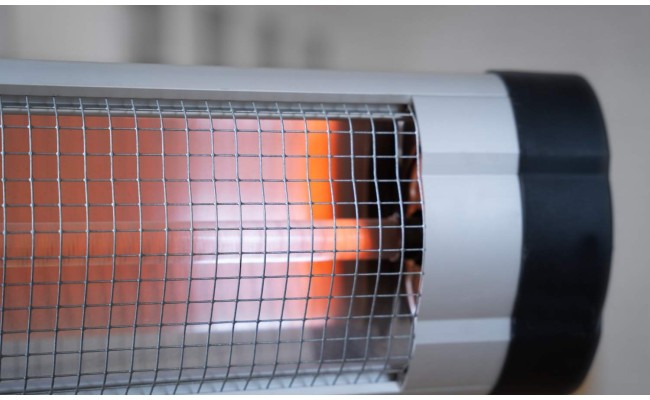- Call: +1 850 633 2663

High temperature polymers are a class of materials that exhibit exceptional properties, including remarkable thermal stability, mechanical strength, and resistance to chemicals. These traits make them particularly suitable for applications involving extreme temperatures, where ordinary materials would fail. Among the high temperature polymers in use today are polyimides, PPS, PEEK, and polysulfone, each with its unique set of properties suited for specific applications. The selection of a high temperature polymer for a given application depends on a range of factors, such as operating conditions, processing and fabrication techniques, cost, availability, and regulatory requirements. To identify the right high temperature polymer for a novel solution that can function with high reliability and performance in extreme environments, engineers need a comprehensive understanding of the material properties, processing techniques, and application requirements.
This training isn’t just another online training—it’s your gateway to mastering the cutting-edge world of high-temperature polymers. Here’s why you need to be there;
1. Stop Guessing, Start Knowing: Learn how to pick the right polymers for extreme heat and pressure, so you can stop trial-and-error and start delivering results.
2. Be the Go-To Expert: Gain the skills to create custom polymer solutions that meet even the toughest demands, making you indispensable in your field.
3. Future-Proof Your Career: Stay ahead with the latest techniques and trends, so you’re always one step ahead of the competition.
4. Connect and Grow: Rub shoulders with industry leaders and peers who are solving the same challenges, and build relationships that could open new doors.
This is highly recommended and must have training for chemical industry professionals engaged in diverse application/formulation areas; in particular:
- R&D chemists, formulators, new product developers
- Technical service managers, lab managers, product managers
- People that function in the materials development areas
8 reviews